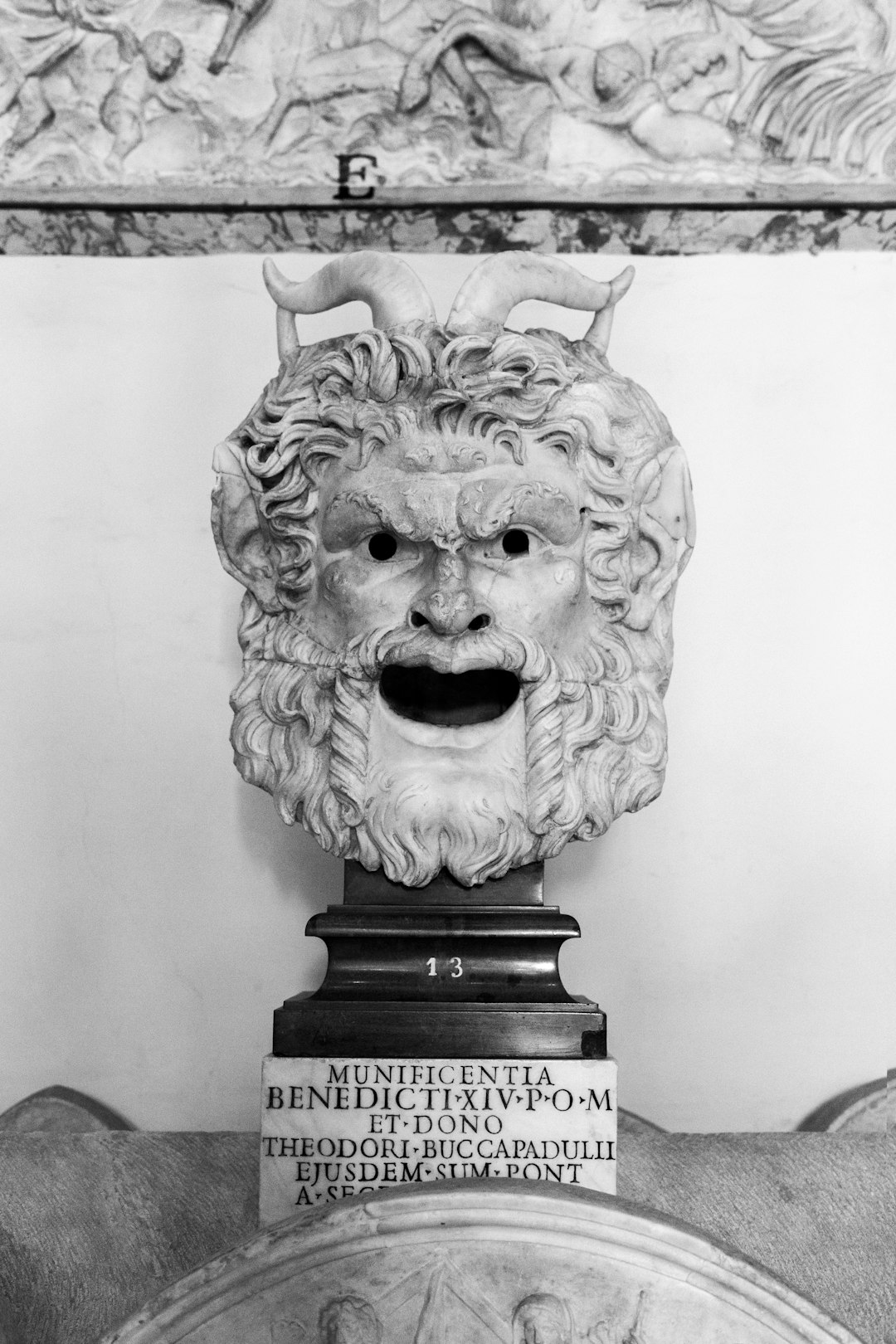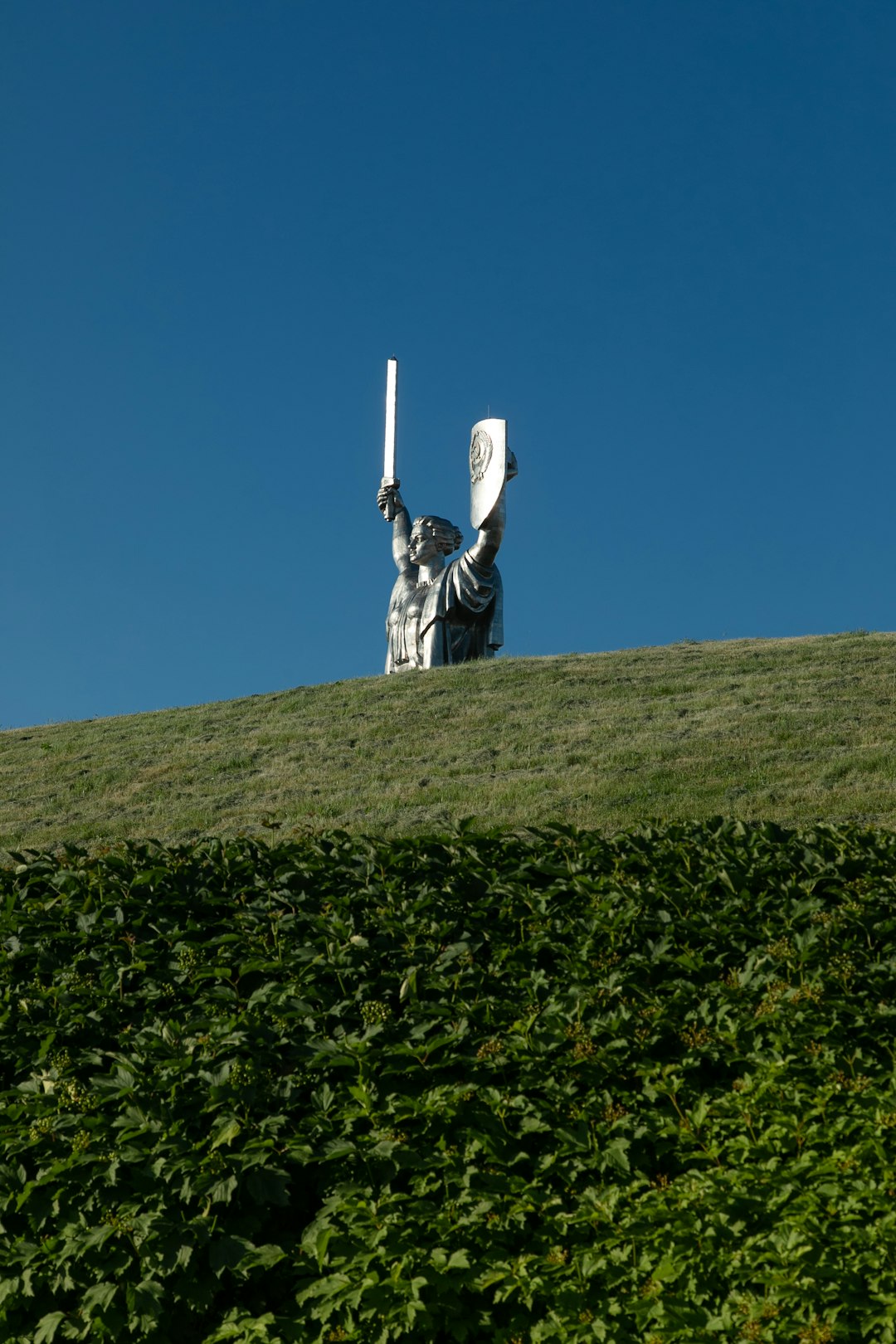
Exploring the World's Most Famous Monuments
## Introduction. Monuments are not just stone structures; they are symbols of culture, history, and human achievement. They are places where stories are etched into the fabric of the earth, enticing visitors from around the globe. From ancient wonders to modern masterpieces, famous monuments hold a significant place in humanity's collective memory. In this article, we'll explore some of the most iconic monuments around the world, uncovering their rich histories and cultural significance. ## The Great Wall of China. One of the most recognizable monuments globally, the Great Wall of China, stretches over 13,000 miles and boasts a history spanning more than 2,000 years. This architectural marvel was constructed to protect Chinese states and empires from invasions and raids. Unlike popular belief, the wall is not a single continuous barrier but rather a series of walls and fortifications built by different dynasties. The wall's construction material varies, from tamped earth and wood to bricks and stone, depending on regional availability. Visitors to the Great Wall can explore various sections, such as Badaling and Mutianyu, which are popular for their accessibility and scenic views. Hiking along the Wall offers a unique opportunity to experience breathtaking landscapes and understand the immense labor that went into constructing this formidable structure. Whether you're drawn to its historical significance, stunning vistas, or the sheer enormity of its scale, the Great Wall of China is a must-visit destination for any traveler. ## The Eiffel Tower in Paris, France. Rising proudly above the City of Light, the Eiffel Tower is an emblem of Paris and a testament to engineering ingenuity. Designed by Gustave Eiffel and completed in 1889 for the World's Fair, this wrought-iron lattice tower stands 1,083 feet tall. Initially criticized by some of Paris's leading artists and intellectuals, the tower has since become one of the most photographed monuments in the world. The Eiffel Tower is more than just a visual spectacle; it is a hub of cultural activity, offering restaurants, shops, and observation decks with panoramic views of the city skyline. Visitors can ascend the tower via stairs or lift to soak in the breathtaking sight of Paris below. At night, the tower dazzles with a light show every hour, casting a romantic ambiance over the city. The Eiffel Tower symbolizes love, adaptability, and the enduring spirit of innovation. ## The Taj Mahal in Agra, India. A UNESCO World Heritage site and one of the New Seven Wonders of the World, the Taj Mahal was commissioned by Mughal Emperor Shah Jahan in memory of his beloved wife, Mumtaz Mahal. Completed in 1653, this white marble mausoleum exemplifies the beauty of Mughal architecture, combining elements from Islamic, Persian, Ottoman Turkish, and Indian architectural styles. The Taj Mahal is renowned not only for its stunning aesthetics but also for its emotional story, representing eternal love and devotion. Visitors can marvel at the intricate details of the inlaid gemstones, exquisite carvings, and the reflective pool that enhances the monument's beauty. As the sun sets, the Taj Mahal transforms, showcasing different hues throughout the day, captivating all who visit. The site is an inspiration for love and artistry, making it a bucket-list destination for travelers worldwide. ## Machu Picchu in Peru. Nestled high in the Andes Mountains, Machu Picchu is a 15th-century Inca citadel that has captured the fascination of countless travelers. Rediscovered by American explorer Hiram Bingham in 1911, this archaeological marvel reveals the ingenuity and sophistication of the Inca civilization. The breathtaking scenery surrounding Machu Picchu adds an enchanting backdrop to its stone structures and terraces, making it one of the most photographed sites on the planet. Machu Picchu offers immersive experiences for travelers, from hiking the Inca Trail to exploring the ruins themselves. Visitors can explore various sectors of the site, including the Temple of the Sun, the Intihuatana stone, and ancient agricultural terraces. The harmony between the structures and their natural environment illustrates the Inca's deep understanding of architecture, agriculture, and astronomy. Whether through the lens of history or the breathtaking landscapes, Machu Picchu is a monument that symbolizes human resilience and creativity. ## The Colosseum in Rome, Italy. The Colosseum, one of the most iconic symbols of Ancient Rome, is a marvel of architecture and engineering. Completed in AD 80, this massive amphitheater was used for gladiatorial contests, animal hunts, and public spectacles. Its elliptical structure could hold around 50,000 spectators, showcasing the grandeur of Roman entertainment. A visit to the Colosseum allows travelers to immerse themselves in the rich history of ancient civilization. Walking through the ruins provides insight into the architectural ingenuity of the Romans, including the use of arches, vaults, and concrete. The Colosseum's layered history reflects the evolution of Roman society and culture, from its beginnings to its transformation over the centuries. As one strolls through its corridors, there is a palpable connection to the past that enriches the experience. ## Conclusion. Famous monuments around the world are not just destinations; they are stories waiting to be told. From ancient ruins that speak of lost civilizations to modern wonders that symbolize innovation and beauty, these structures offer insights into our shared human history. Each monument carries its unique narrative, reflecting the culture, artistry, and achievements of the people who built them. For those seeking adventure, inspiration, and a deeper understanding of the world, visiting these monumental sites is an experience like no other. .







